Most weeks, I use a recent outing to inspire my weekly post. This week, however, we had visitors, and I had a bird-free Monday. (Monday is normally my fun day, to paraphrase Prince, and the Bangles.) So I had to look to a fellow 10,000 Birds writer for inspiration, instead. Thanks, Jason, for mentioning Trash Birds — even if you used the phrase in an unusual way.
In Jason Crotty’s article this week, he used the common birders’ phrase “trash birds” jokingly, to refer to some trash cans painted with realistic bird images in Portland, USA. But, as most of our readers know, the phrase “trash birds” usually refers to those species that one sees so often that they become tiresome.
Central Mexico has, of course, its own trash birds. Fortunately, however, many of our trash birds are just plain prettier than yours. For example, my classic trash bird in open habitats here is the Vermilion Flycatcher. And if you know the color vermilion, you will know that any bird named for that color has to be a gorgeous bird.
This one is a female. That’s a male Vermilion Flycatcher at the top of this post.
Mexicans call this bird the Cardenalito, or Little Cardinal. And while outsiders might think it impossible, their sheer omnipresence here will eventually make you wish those red flashes could please be something else. You might even tire of seeing them flutter above treetops while singing their long twittery song.
Along the seashore, around lakes, and in most cities, the Great-tailed Grackle definitely qualifies as a trash bird. This is a species that has very much learned to cohabit with humans, causing its population to explode into new areas. But it is a true Mexican native. (In fact, its scientific name is Quiscalus mexicanus.) And it’s a handsome one, if a bit flamboyant, at that.
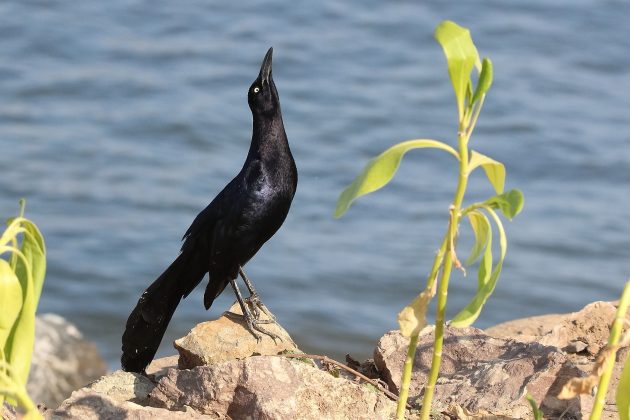
The Great-tailed Grackle’s blips, trills, and burbles make it a good candidate for R2-D2 imitator, although other birds are usually given that honor. And its the limitless variety of sounds it can make means you may not only tire of seeing it, but also of its fooling you into believing you may be hearing a species that is new to you.
Still, no bird can pull that trick, here — of inventing new songs, which make you hope for a lifer — like our endemic Blue Mockingbird. It took me years to learn to ignore its individual songs, which so often got my heart racing, and instead to identify the flutey tone of this bird. While you may go all day in our mid-altitude forests without actually seeing a Blue Mockingbird, I can guarantee you will hear them. And be fooled almost every time.
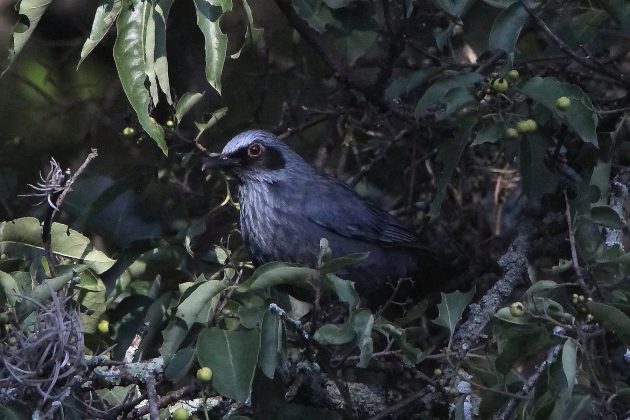
If you go near any canyons at all in those same forests, you will be sure to hear another of our auditory trash birds: the Orange-billed Nightingale-Thrush. Again, you may not see them, but you will hear their pretty, but rather nondescript, song. And be fooled by it multiple times, into thinking it is something new.
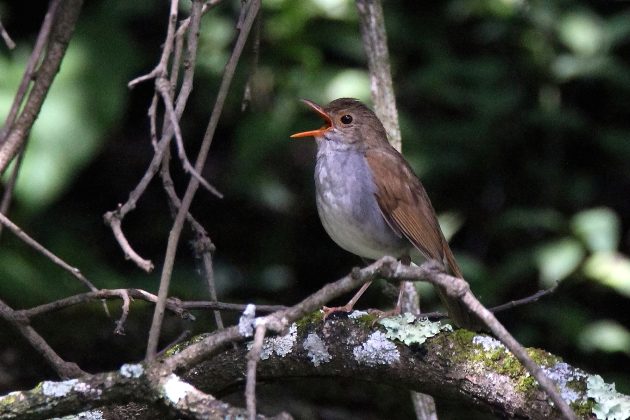
I suspect that our most impressive trash bird is one which abounds at our higher elevations. Around 3,000 m (10,000 ft), the bird you are most likely to tire of seeing and hearing is none other than the Red Warbler. Yes, my friend, it is possible to reach the point where you wish that this ravishing little beauty would make space for a few other species, up in our highland conifer forests.
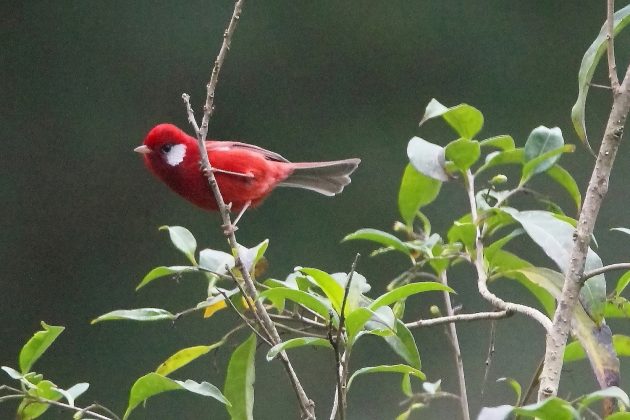
Unfortunately, this is a tough bird to photograph — hyperactive, and rather reluctant to come out fully into the open. If it weren’t so darned common up there, I might not have any good photos of it at all.
All right, I’ll admit that we also have some more drab trash birds as well. I would certainly have to include the all-beige Inca Dove as a regional trash bird, and European House Sparrows are to be found wherever humans are present. Striped female House Finches probably count as well, although the males are often very pretty. Cassin’s Kingbirds are somewhere on the border between plain and pretty.
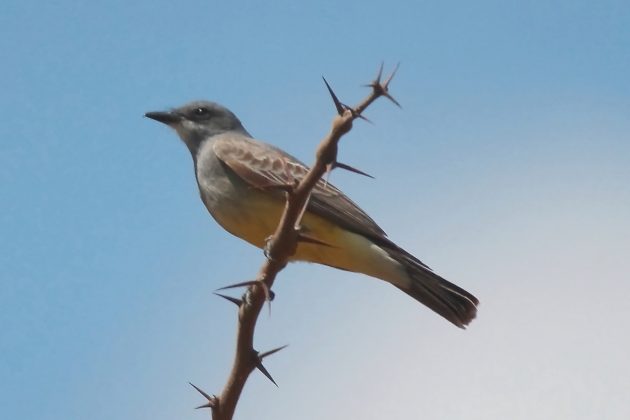
Even so, I am seriously thinking I might recommend a phrase to local bird-tourism promoters. Mexico: where you can find the highest quality trash birds.
Source link
Facebook
Pinterest
Twitter
LinkedIn

